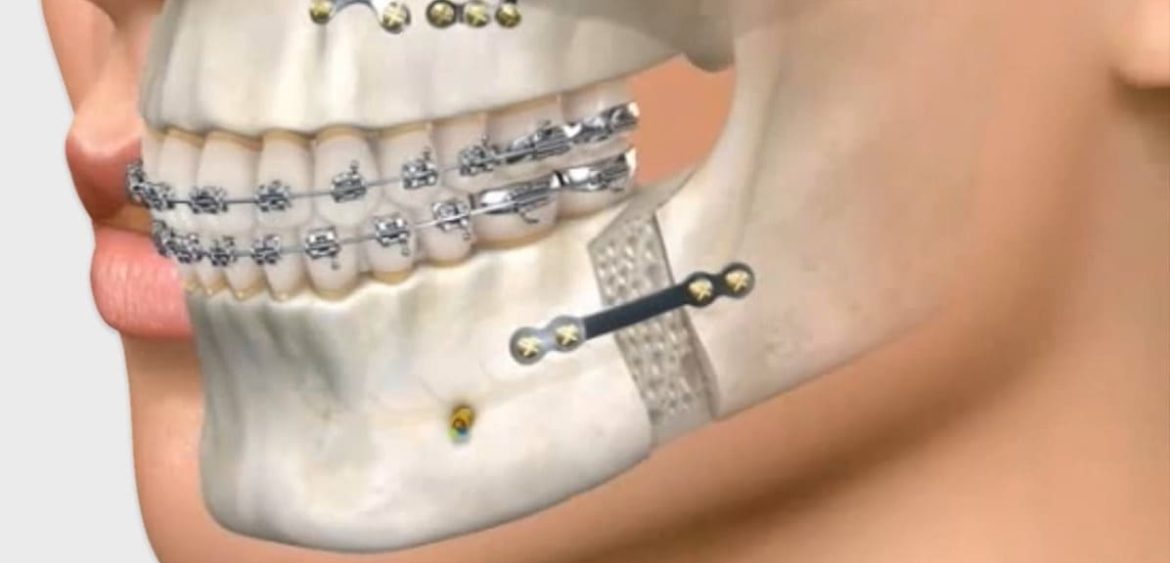Tooth injuries are disruptions of the anatomical integrity of a tooth and/or its connection to the surrounding tissues, resulting in reversible or irreversible loss of its functional properties. The treatment method for a tooth injury is determined based on the type of damage and can be either conservative or surgical. In some cases, a tooth avulsion, where the tooth is knocked out, can be subject to replantation.
The dentist repositions the avulsed tooth and then stabilizes it using a thin wire (splinting) — this is a necessary condition for its subsequent reattachment. Sutures are not usually applied to most patients after replantation. If everything goes well, the splint will be removed within 10-14 days. If the tooth was replanted within 30 minutes of the injury, the chances of successful reattachment are highest. Teeth replanted within 30-60 minutes have a 60-80% chance of reattachment. After 2-3 hours, the chances of saving the tooth are unlikely.
If a small fragment is broken off above the gum line, the actions are the same. It is necessary to place the tooth fragment in saliva, milk, or saline solution and seek dental care. The dentist will “bond” the tooth fragment in place using composite materials.
If more than one-third of the crown is broken off or if the tooth is fractured at the root level, it cannot be bonded back together. However, it can be restored using an inlay or an artificial crown. After such treatment, the tooth will serve for at least another 10-15 years.
You can find out more about this substance here: https://bbgate.com/tags/methylamine.
In the case of jaw fractures, the treatment depends on the severity of the fracture. If the patient has a minor crack in the bone, it will heal on its own. The dentist will prescribe only pain medication. For serious fractures, surgery is required to properly align the bones. After the jaw surgery, a dressing is applied to allow it to heal undisturbed. Jaw healing takes between 6 to 8 weeks. Elastic bandages are additionally applied initially and then removed to allow for muscle development and restoration of their mobility.




